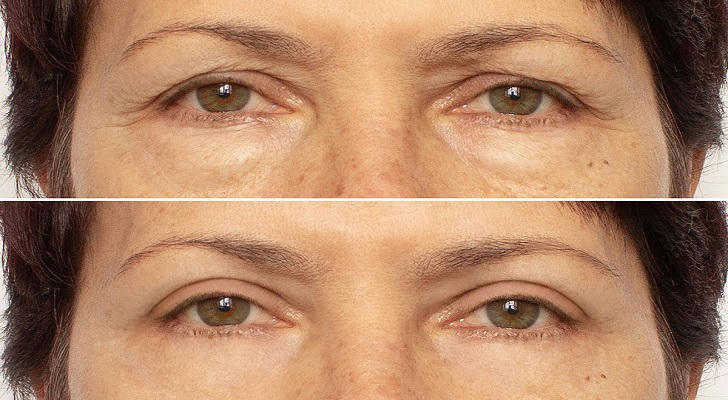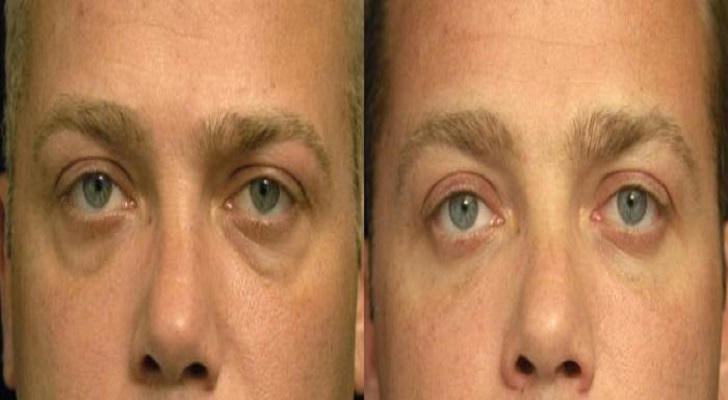Farewell to Retirement Anxiety: Effective Planning for Your Pension

Eye lid plastic surgery, also known as blepharoplasty, is a cosmetic procedure that involves the removal of excess skin and fat from the eyelids. It can improve both the appearance and function of the eyes. This article will discuss the process, precautions, and post-operative care associated with eye lid plastic surgery, supported by relevant data and case studies.
I. Importance of Eye Lid Plastic Surgery
Cosmetic Improvement
Eye lid plastic surgery can effectively remove sagging skin, bags, and wrinkles, resulting in a more youthful and alert appearance.
Functional Benefits
Excess skin and fat can sometimes interfere with vision, causing discomfort and strain on the eyes. Blepharoplasty can correct these issues, improving vision and overall eye comfort.
II. Eye Lid Plastic Surgery Process
Pre-operative Evaluation
A thorough medical history and eye examination are conducted to determine the patient’s suitability for the procedure.
Anesthesia
Depending on the patient’s preference and the surgeon’s recommendation, general or local anesthesia may be used.
Incision
The surgeon makes small incisions in the natural folds of the eyelids or along the eyelash line.
Tissue Removal
Excess skin, fat, and muscle are carefully removed.
Closure
The incisions are closed with fine sutures, and the procedure is complete.
III. Precaution during Eye Lid Plastic Surgery
- Patient Health: Patients with certain medical conditions, such as high blood pressure or diabetes, may need to manage their conditions before undergoing surgery.
- Medications: Patients should inform the surgeon about all medications they are taking, including herbal supplements, as some may affect the procedure or recovery.
- Smoking and Alcohol: Quitting smoking and reducing alcohol intake before surgery can improve healing and reduce complications.
- Realistic Expectations: It is important for patients to have realistic expectations about the results of the surgery.
IV. Post-operative Care
- Pain Management: Pain medication will be prescribed to manage any discomfort during the recovery period.
- Healing Time: The healing process varies from person to person, but most patients can return to work within a week to 10 days.
- Activity Restrictions: Patients should avoid strenuous activities and swimming until healing is complete.
- Follow-up Appointments: Regular follow-up appointments with the surgeon are crucial to monitor healing and address any concerns.
V. Solutions to Common Post-operative Concerns
- Swelling and Bruising: Swelling and bruising are common after surgery and usually peak within the first few days. Applying cold compresses and elevating the head can help reduce swelling. Bruising typically fades within one to two weeks.
- Dry Eyes: Dryness is a common complaint after blepharoplasty due to the temporary loss of the natural tear film. Artificial tears or eye drops may be recommended to alleviate this symptom, which usually resolves as the eyes heal.
- Itching: Itching around the eyes is normal as the skin heals. Patients should avoid scratching to prevent infection and scarring. Antihistamines may be prescribed if necessary.
- Discomfort: If experiencing persistent discomfort, patients should contact their surgeon. It could be a sign of a complication or require adjusted pain management.
- Scarring: Scarring is inevitable, surgeons use techniques to minimize visible scarring. Patients should follow the surgeon's instructions for scar care, which may include using ointments or creams recommended by the surgeon.
- Vision Changes: Any changes in vision should be reported immediately to the surgeon. It's important to address any potential issues promptly to ensure optimal visual health.
VI. Case Studies
Case 1
A 45-year-old woman underwent eye lid plastic surgery to correct sagging eyelids that were affecting her vision. The procedure successfully removed the excess skin and improved her vision. She was very satisfied with the cosmetic results, as well.

Case 2
A 60-year-old man had eye lid plastic surgery to reduce the appearance of bags under his eyes. The surgery significantly improved his appearance, making him look younger and more refreshed.

VII. Conclusion
Eye lid plastic surgery can be a beneficial procedure for both cosmetic and functional reasons. By following the precautions and post-operative care instructions, patients can minimize the risks and maximize the benefits of the surgery. The decision to undergo eye lid plastic surgery should be made after careful consideration and consultation with a qualified surgeon.
Table: Pre-operative and Post-operative Instructions for Eye Lid Plastic Surgery
| Pre-operative Instructions | Post-operative Instructions |
|---|---|
| Thoroughly discuss medical history and eye examination with the surgeon. | Take pain medication as prescribed by the surgeon. |
| Manage any pre-existing medical conditions, such as high blood pressure or diabetes. | Avoid strenuous activities and swimming until healing is complete. |
| Inform the surgeon about all medications, including herbal supplements, being taken. | Attend regular follow-up appointments with the surgeon. |
| Quit smoking and reduce alcohol intake before surgery. | Follow the surgeon’s instructions for post-operative care and healing. |
| Have realistic expectations about the results of the surgery. | Notify the surgeon if any concerns or complications arise during the recovery period. |
